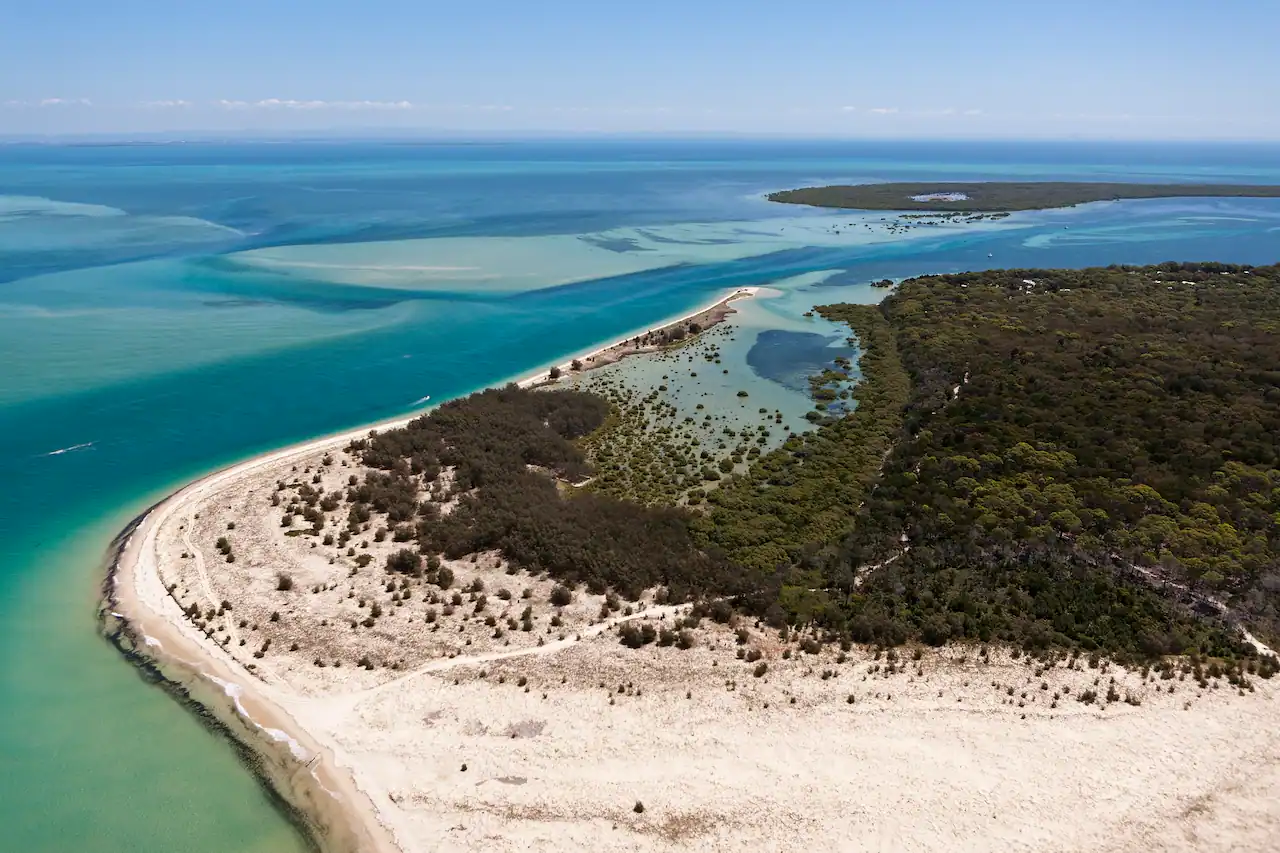Copyright internewscast

These statistics highlight a fascinating trend in coastal real estate, where high vacancy rates coexist with soaring property values. The dynamics in these areas reveal much about the current state of the housing market, particularly in desirable coastal regions. Vanessa Rader, Ray White’s head of research, said the report revealed Australia’s holiday home phenomenon had a concentrated geography, and these areas challenged fundamental assumptions about property investment returns. “Using unoccupied housing data as a proxy for holiday home concentration reveals regional markets operating under entirely different economic principles than metropolitan residential investment,” Rader said. Nicola Powell, Domain’s chief of research and economics, agreed that the locations were united by their lifestyle and holiday home appeal. ‘Classic’ coastal or nature-based destinations had surged in recent years as Australians “increasingly sought lifestyle property”, particularly following the onset of the COVID-19 pandemic in 2020 and the move to remote and hybrid work, she said. Powell said the scarcity of homes available to buy was also keeping property prices high in those areas. “The limited stock and the high unoccupied proportion of dwellings really feed this,” she said. Given that surge, a holiday home can seem a straightforward investment for those wealthy enough to make one. What other considerations are there? Rader warned holiday homes can come with “huge” holding costs before a buyer has even spent a summer in one. “Highly unoccupied regions operate infrastructure designed for seasonal rather than permanent populations. Holiday home owners encounter service connection delays, limited provider options, and higher charges reflecting peak-period capacity constraints,” she said. Rader said recent regulatory changes designed to respond to affordability pressures in the housing market could also reduce rental income potential for holiday home investors — such as Victoria’s 7.5 per cent levy on short-stay platforms and councils implementing rates surcharges for Airbnb properties. In the case of a remote location like Moreton Island, she said building materials and tradespeople required ferry transport, significantly increasing maintenance costs. Ray White’s report said properties in coastal areas could often attract insurance premiums 20 to 30 per cent above regional averages. Premiums for Moreton Island, for instance, often run 30 to 40 per cent above mainland alternatives, according to Ray White’s analysis. “[Premiums] have grown so considerably, and we are a nation that has a lot of these kinds of big natural disaster type events, unfortunately, particularly fires and flooding. It’s really built into this kind of new cost to even own these properties,” Rader said. “In order to hold onto these assets, the outlay is far higher than they have been in the past.” Powell also said Domain’s research indicated that Australians priced in considerations like bushfires and riverine flooding when buying a home, with the price impact rising as those risk factors increased. However, she said coastal erosion — the loss of land along the shoreline due to factors such as rising sea levels — didn’t appear to have the same impact on price. “What we found was that buyers prioritise location and views over those long-term risks. For every 10 metres away from the coast, the value of the home declined by 2.6 per cent,” she said. “We found that if a property is first in line [to the sea], it adds 20.4 per cent to the home’s value, and if there’s no road break, it adds another 5.4 per cent. So it really shows Australians prioritise lifestyle over risk.” Powell said that anyone looking to buy in one of those locations needed to be careful. Is the bubble bursting? Powell said there was “always going to be” an element of demand for homes in these prime holiday locations. But it remains to be seen whether the price growth in these areas is sustainable. In the last year, Glamorgan to Spring Bay in Tasmania experienced a 6.5 per cent annual decrease, with a 0.4 per cent increase in Tasmania’s Central Highlands. While both Lorne-Anglesea and Point Nepean had high 10-year growth, they both had “modest” annual growth of 3.8 per cent. Rader says this suggests premium markets are reaching “natural appreciation limits as affordability constraints restrict buyer expansion”. Rader made the point, however, that even with a price ceiling, “if there is a beautiful, lovely, newly built home, [high] prices are still being achieved”. Does that high residential growth translate to commercial markets? It’s unlikely, Rader said. “Say you had a suburb with retail shops, if you can’t keep your tenants in there because there isn’t enough flow-through traffic, or they can only survive three months, six months of the year … not all businesses can do that,” she said. “How viable is that for that business? And then, how viable is that for the landlord that’s trying to rent it out? So they’re having to take a hit on their terms of their rent to make sure they keep the tenant in there.” If rising prices push people out of these areas, those locations will likely swing more and more towards being holiday tourism markets, cyclically driving increasingly higher vacancy rates. “If it were more of a trend and the prices were escalating so much, we would find local people would probably move slightly outside of that kind of core location,” she added. “The prices in that location would continue to increase, and in turn, the occupancy rate would continue to fall as well.” Rader said that as values rose in what were otherwise quite regional locations, with limited infrastructure because the population couldn’t support it, “there’s only so much that you think that those markets can grow in a broader sense”. “People aren’t there all the time. There’s only so many shops that can be there or so many activities that can always be on, or gyms and things that people like to go to, hospitals as well,” she said. “If you want to go on holiday somewhere, you want to have that kind of holiday experience. But can that holiday experience really be there when half of the year there’s no one actually living in these locations?”



